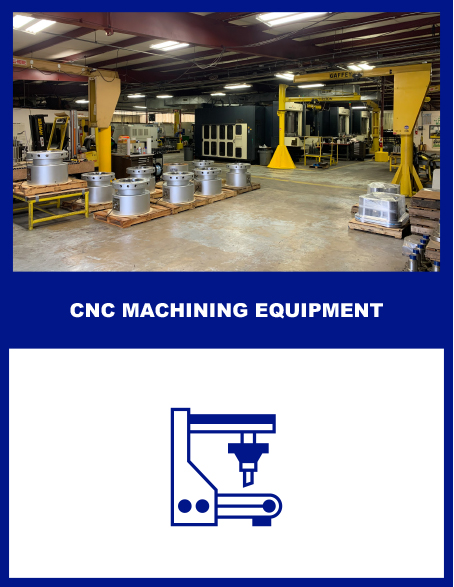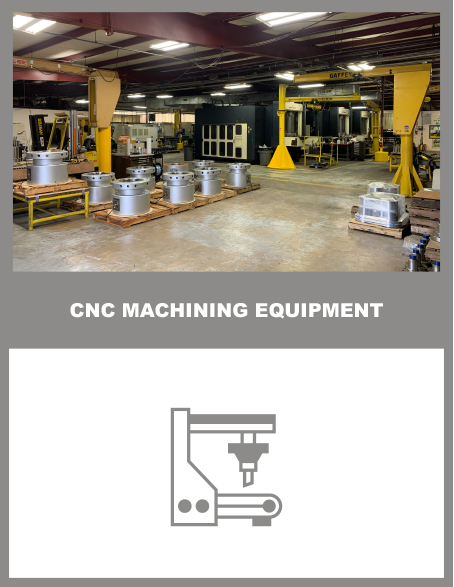Machining Forged Products
FCI has a wide array of modern Manual and CNC machining technology, which enables us to provide turnkey machining of our forged products. We are capable of rough and finish machining. Our highly skilled and experienced personnel provide an optimal cost-effective solution with the highest quality standards. Some of the processes we use include:
Machining Forged Flanges
Turning: This process is used to machine the outer diameter, inner diameter, and faces of the flanges. Lathes are commonly used for turning operations, where the flange is rotated against a cutting tool to remove material and achieve the desired shape and size.
Boring: Boring machines are used to enlarge and finish the inner diameter of the flanges. This process ensures that the bore is concentric and has a smooth finish.
Drilling: Drilling is used to create bolt holes in the flanges. Multiple holes are drilled in a precise pattern around the flange to match the bolt circle diameter. Specialized drilling jigs or CNC machines are often used to ensure accuracy.
Facing: Facing operations are performed to create flat surfaces on the flange faces, ensuring proper sealing when the flange is assembled. This is typically done on a lathe or a milling machine.
Tapping: Tapping is used to create threads in the drilled holes if the flange design requires threaded holes. This can be done using manual taps or tapping attachments on CNC machines.
Milling: Milling operations may be used to create keyways, slots, or other features on the flange. Milling machines, including vertical and horizontal mills, are employed for these tasks.
Machining Pressure Vessels
Cutting: Cutting processes are used to cut steel plates to the required shapes and sizes before forming. This ensures precise dimensions and minimizes material waste.
Edge Preparation: Machining the edges of the plates before welding is essential for achieving strong weld joints. Edge preparation can involve beveling, chamfering, or grooving using milling machines or specialized edge preparation machines.
Welding Preparation: Before welding, the edges of the vessel components may be machined to specific angles and shapes to ensure proper weld penetration and strength. This can involve grinding or machining bevels.
Boring and Drilling: Similar to forged flanges, pressure vessels may require boring and drilling operations to create holes for nozzles, manways, and other attachments. This is done using boring machines, drill presses, or CNC machines.
Machining Weld Seams: After welding, the weld seams may need to be machined to ensure a smooth surface and to remove any excess weld material. This can involve grinding, milling, or turning operations.
Surface Finishing: Machining processes such as grinding or polishing are used to achieve the desired surface finish on the pressure vessel. This is especially important for vessels that will be used in environments where surface smoothness is critical, such as in the food or pharmaceutical industries.
Inspection and Testing: Machining is often followed by inspection and testing procedures to ensure that the dimensions and surface quality meet the required standards. This can involve non-destructive testing (NDT) methods like ultrasonic testing, radiography, and dye penetrant inspection.
Machining processes are essential to achieve the precision, surface finish, and functionality required for forged flanges and pressure vessels. Advanced CNC machines and specialized tooling are often used to ensure high-quality results and efficient production.


